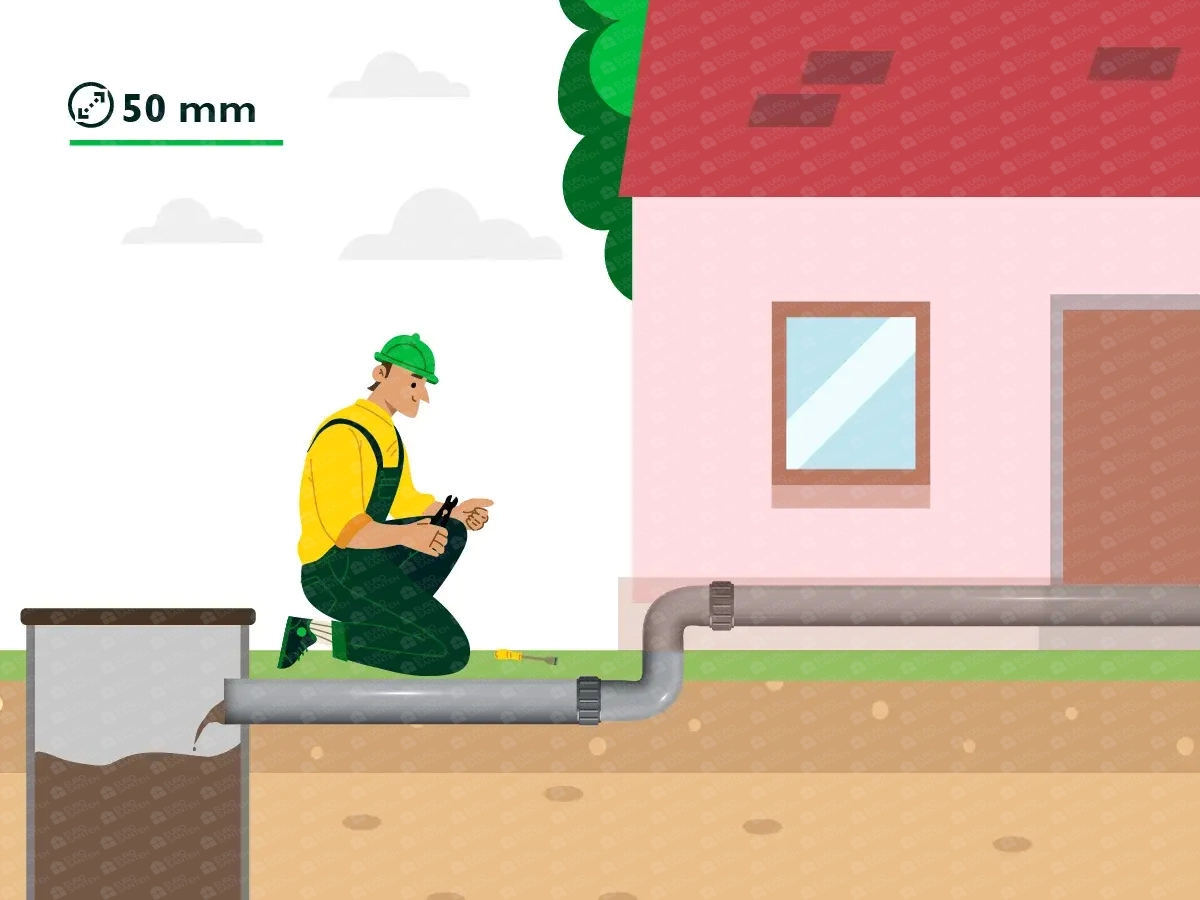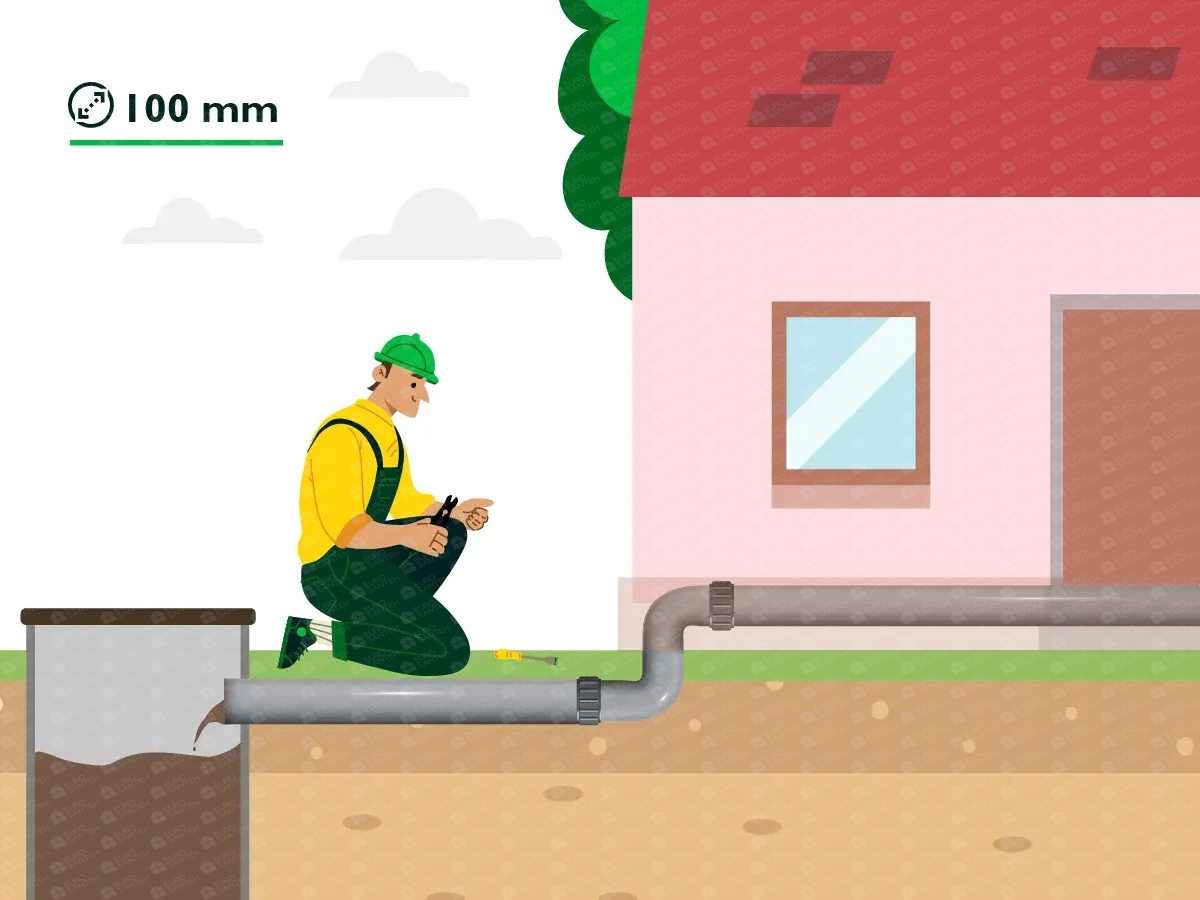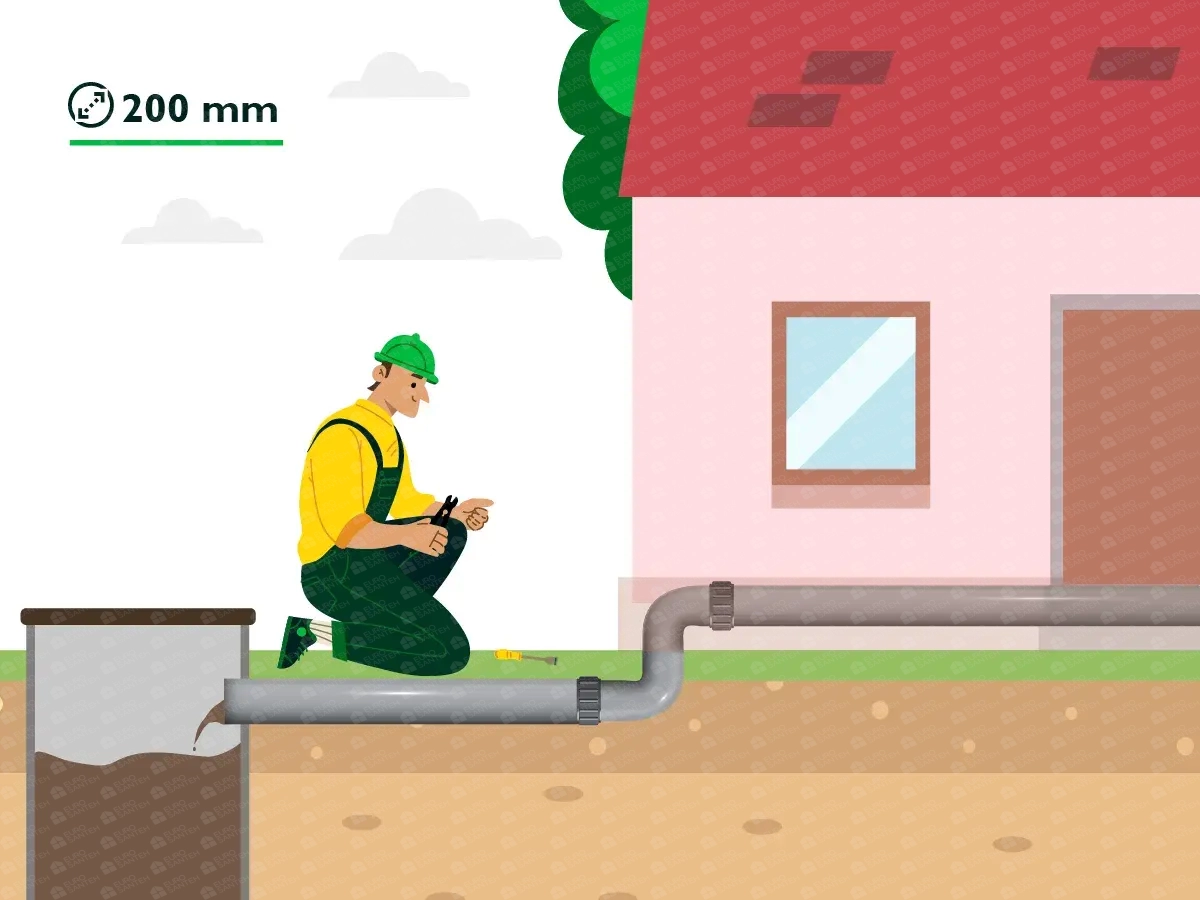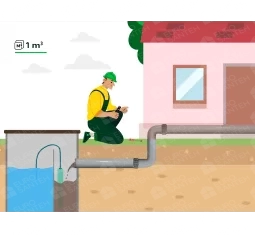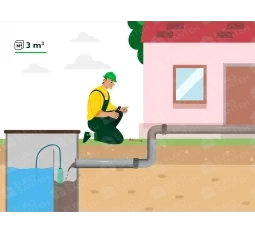Sewage installation
Sewage installation is a critical aspect of creating a functional and hygienic living space. In this comprehensive guide, we will delve into the key steps of sewage installation, its benefits, and how it contributes to efficient waste management in residential and commercial settings.
Key Stages of Sewage Installation:
Site Assessment: The process begins with a thorough assessment of the property to determine the optimal location for sewage installation. Factors such as soil type, groundwater level, and proximity to water bodies are considered to ensure proper waste disposal.
Design and Planning: Based on the site assessment, a detailed design and plan are created. This includes the layout of the sewage system, the type of pipes to be used, and the connection points to the main sewer line or septic tank.
Excavation and Trenching: The designated areas are excavated to create trenches for laying the sewer pipes. Proper trenching ensures that the pipes are laid at the correct depth and slope for effective waste flow.
Pipe Installation: High-quality sewer pipes are installed in the trenches according to the designed layout. The pipes are connected securely, and joints are sealed to prevent any leaks.
Connection to Main Sewer or Septic Tank: Depending on the property's location, the sewer system is connected to the municipal sewer line or a septic tank. Proper connections are crucial for the efficient transport of waste.
Ventilation Installation: Sewage systems require ventilation to prevent the buildup of gases. Ventilation pipes are installed to allow the release of sewer gases safely into the atmosphere.
Inspection and Testing: After installation, the entire system undergoes thorough inspection and testing. This includes checking for leaks, ensuring proper flow, and conducting pressure tests to verify the integrity of the system.
Benefits of Sewage Installation:
Health and Hygiene: A properly installed sewage system contributes to a hygienic living environment, preventing the spread of diseases and ensuring the well-being of residents.
Environmental Protection: Efficient sewage systems protect the environment by preventing the contamination of soil and water bodies with untreated waste.
Property Value: Homes and commercial properties with well-designed and properly installed sewage systems often have higher property values due to the convenience and functionality they offer.
Compliance with Regulations: Adequate sewage installation ensures compliance with local regulations and health standards, avoiding potential legal issues.
Odor Control: Proper ventilation and design help control and minimize unpleasant odors associated with sewage systems, enhancing the overall living experience.
Maintenance Tips:
Regular Inspections: Schedule periodic inspections to identify and address any issues promptly.
Proper Waste Disposal: Educate residents and users about proper waste disposal practices to prevent the introduction of non-biodegradable or harmful substances into the sewage system.
Conclusion:
Sewage installation is a vital aspect of creating a healthy and functional living space. Professional design and installation, coupled with regular maintenance, ensure the efficient management of waste, contributing to the well-being of residents and the overall sustainability of the environment.

